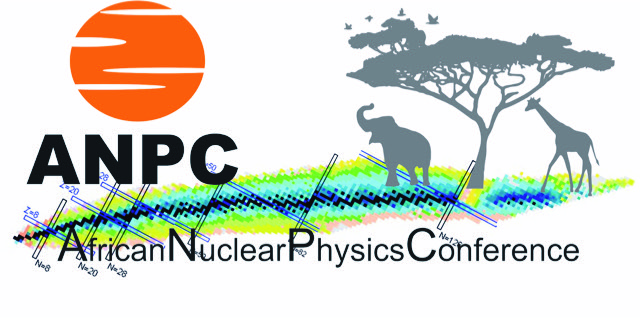Speaker
Description
Light nuclei are excellent test samples for structure models because of small number of included degrees of freedom. Recent progress in ab initio calculations of light nuclei in various frameworks demands more precise experimental spectroscopic data for identified key nuclear systems. The most advanced models are able to reproduce single particle and clustering features of light nuclei with up to 20 nucleons. Exotic cluster structures based on alpha-cores and valence neutrons are predicted and their experimental verification is crucial for further advancements in nuclear structure research. One of the key nuclear systems is oxygen isotopic chain where single particle concept and clustering are both clearly manifested. Available experimental results on these nuclei are still insufficient to unveil these exotic structures.
Studies of the 4He decays of the 17O excited states were performed by measurements of the 13C + 4He thick gas target resonant scattering at the Ruder Boskovic Institute Tandem accelerator at the beam energies E(13C) = 20, 25, 30, 33 and 35 MeV and the 13C + 9Be resonant particle spectroscopy measurements using the 13C beam energy of 72 MeV at the Institut de Physique Nucléaire Orsay Tandem accelerator. In these experiments highly pixelized large silicon detector arrays were used for identification of detected nuclei. The later experiment provides also results on the 4,6He decays of the 18O excited states. The 13C + 4He resonant elastic scattering experiment provided the excitation function of the 17O at ≈ 0∘ in LAB system. Obtained results extend the available data, covering excitation range 11.1 MeV < Ex(17O) < 13.8 MeV, and include states of particular interest at the 12.0 MeV and 13.6 MeV. Complete kinematics measurements of the 13C + 9Be reaction enable full reconstruction of the recorded events, identification of various reaction exit channels and identification of the decaying excited states. Decays of the 17O excited states into the alpha+13C and alpha+13C(Ex = 3.7 MeV) are identified. New information on the alpha+14C and alpha+14C(Ex ≈ 7 MeV) decays and, for the first time, evidence for the 6He+12C decay of the 18O excited states have been obtained. Decays by the 5He and 8Be emission are not observed. Obtained results are discussed in terms of clustering in neutron-rich oxygen isotopes. The results indicate possible exotic cluster structure in 18O.

